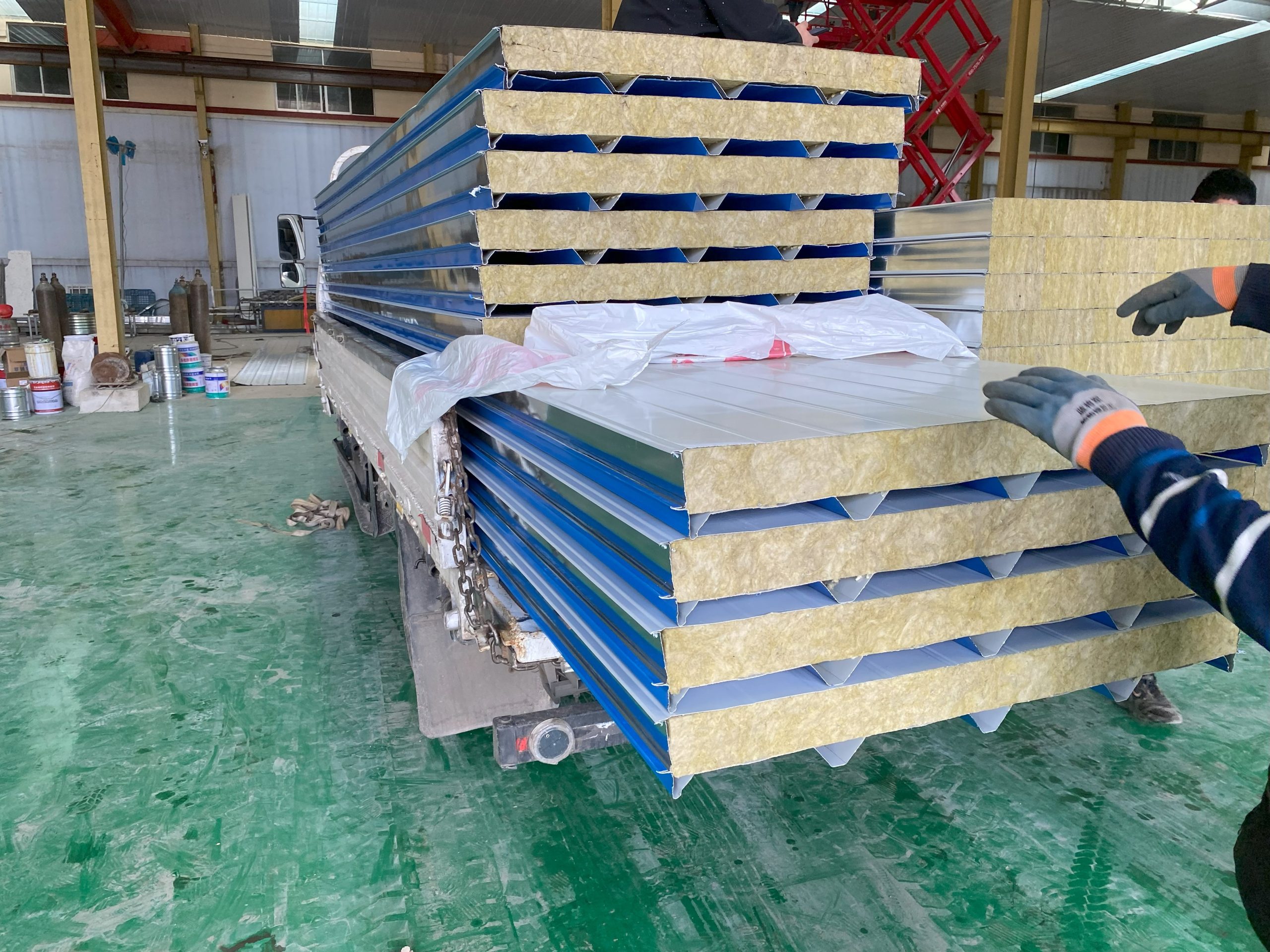Table of Contents
Exploring the Best Metal Materials for Anti-Rust Coating Treatment
Rust, the bane of metal objects, silently creeps in, gradually eroding their integrity and aesthetics. Whether it’s machinery, infrastructure, or everyday items, the menace of corrosion poses a significant challenge. Fortunately, anti-rust coating treatments provide a shield against this degradation, preserving the metal’s structural integrity and prolonging its lifespan. However, not all metals are created equal when it comes to receiving anti-rust coatings. Understanding the characteristics of various metal materials is crucial in determining the most suitable candidates for such treatments.
Firstly, Stainless Steel stands out as a prime choice for anti-rust coating treatments. Renowned for its resistance to corrosion, stainless steel contains chromium, which forms a protective Oxide layer upon exposure to oxygen. This oxide layer acts as a barrier, preventing further oxidation and thereby, corrosion. Its inherent durability and resistance make stainless steel a preferred material in industries where hygiene, durability, and corrosion resistance are paramount, such as food processing, medical equipment, and marine applications.
Another metal that fares well under anti-rust coatings is Aluminum. Despite being lightweight, aluminum boasts remarkable corrosion resistance due to its ability to form a thin oxide layer on its surface. This oxide layer not only shields the metal from rust but also renders it suitable for various outdoor applications, including construction, automotive, and aerospace industries. Moreover, aluminum’s malleability and conductivity make it an appealing choice for a wide range of applications, from Consumer Electronics to architectural structures.
In addition to stainless steel and aluminum, galvanized steel emerges as a formidable contender for anti-rust coating treatments. Galvanized steel undergoes a Zinc coating process, wherein the metal is immersed in molten zinc, creating a protective layer that acts as a sacrificial barrier against corrosion. This sacrificial mechanism ensures that even if the coating is scratched or damaged, the underlying steel remains shielded from rust. Consequently, galvanized steel finds extensive use in outdoor structures, fencing, automotive parts, and roofing materials, where exposure to harsh environmental conditions is common.
However, not all metals exhibit such inherent resistance to corrosion. Iron, for instance, is highly susceptible to rusting when exposed to moisture and oxygen. Nonetheless, iron can be protected through various anti-rust coating methods, including painting, electroplating, and powder coating. These treatments provide a protective barrier, preventing direct contact between the iron surface and corrosive agents. While effective, the longevity of these coatings depends on factors such as coating quality, application method, and environmental exposure.

Similarly, Carbon Steel, while widely used in construction and manufacturing, requires adequate anti-rust measures to mitigate corrosion risks. Various coating options, such as zinc-rich primers, epoxy coatings, and polyurethane finishes, can be applied to carbon steel surfaces to enhance their resistance to rust. Additionally, proper surface preparation, including cleaning, sandblasting, and priming, is crucial to ensure the adhesion and effectiveness of anti-rust coatings on carbon steel substrates.
In conclusion, selecting the appropriate metal materials for anti-rust coating treatments entails a careful consideration of their inherent corrosion resistance, application requirements, and environmental factors. While stainless steel, aluminum, and galvanized steel exhibit natural resistance to rust, other metals such as iron and carbon steel can benefit from protective coatings to prolong their service life. By understanding the properties and characteristics of different metal materials, industries can effectively combat the scourge of corrosion and ensure the longevity and reliability of metal structures and components.
